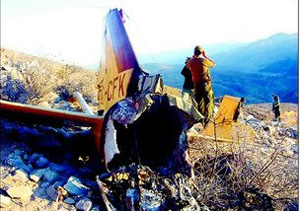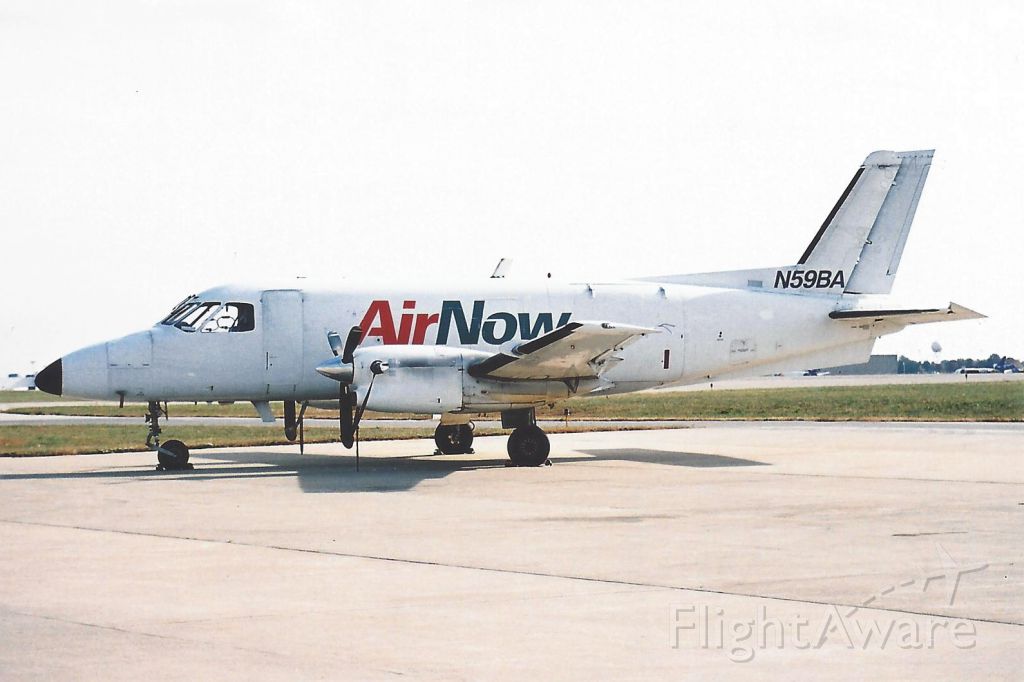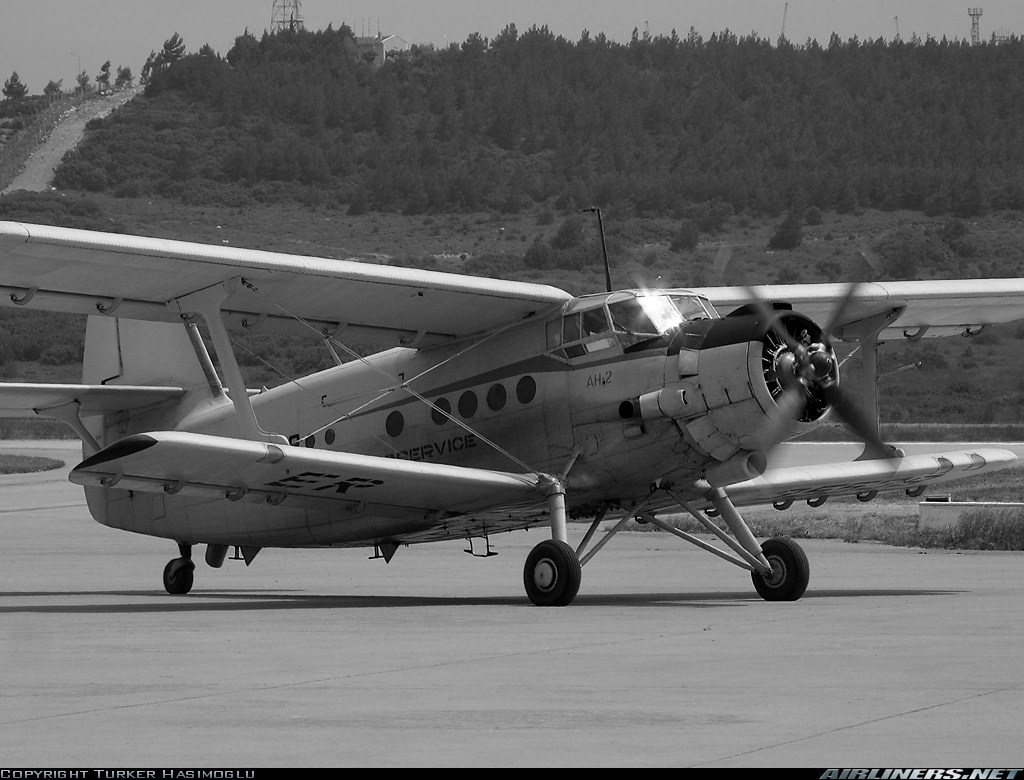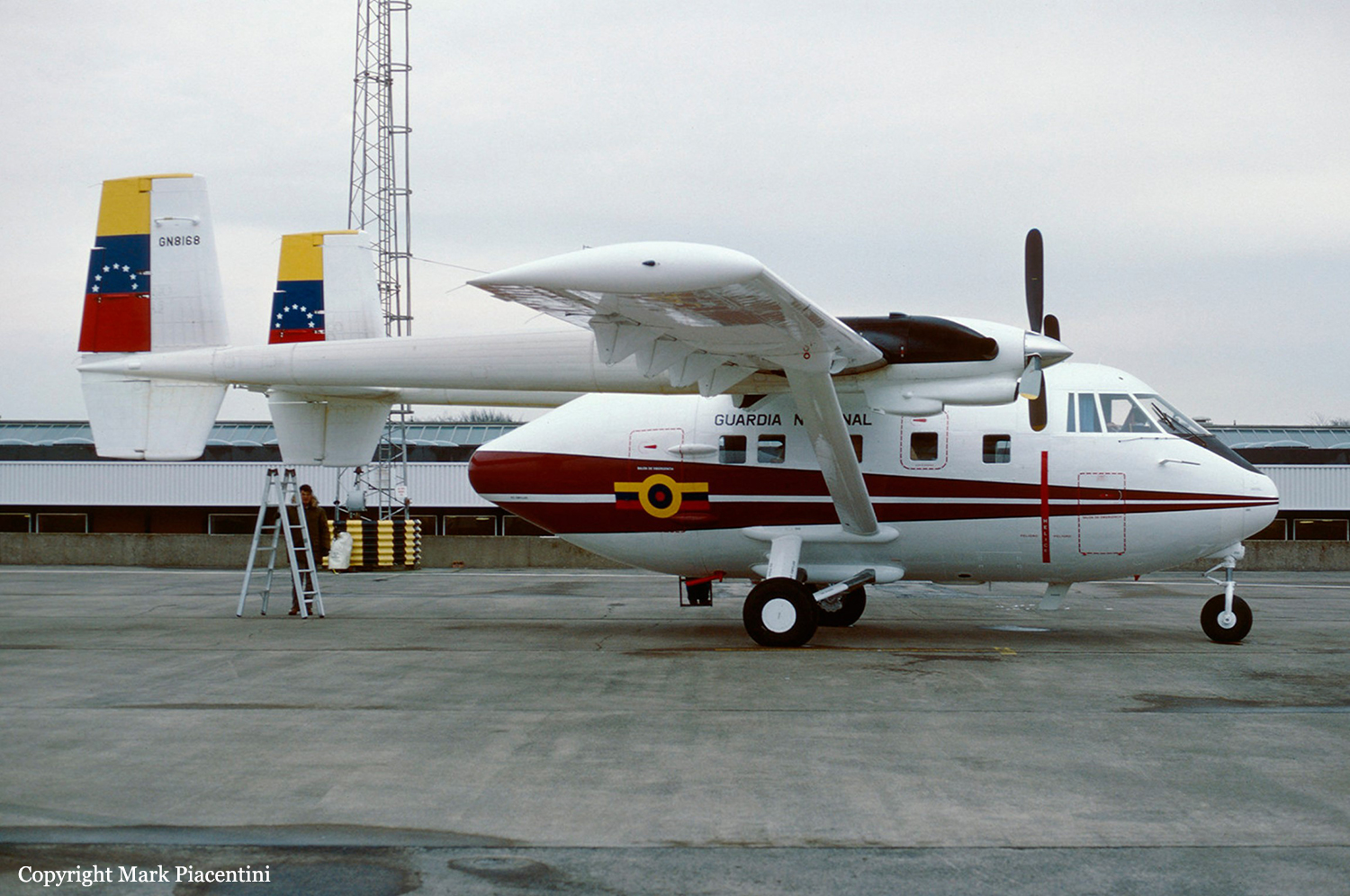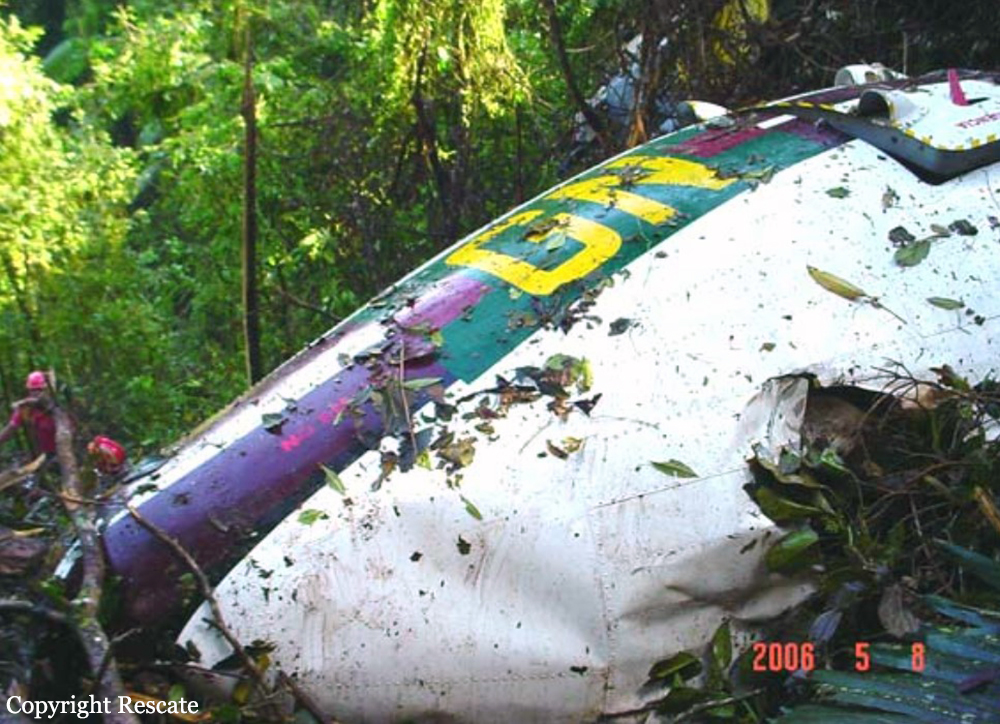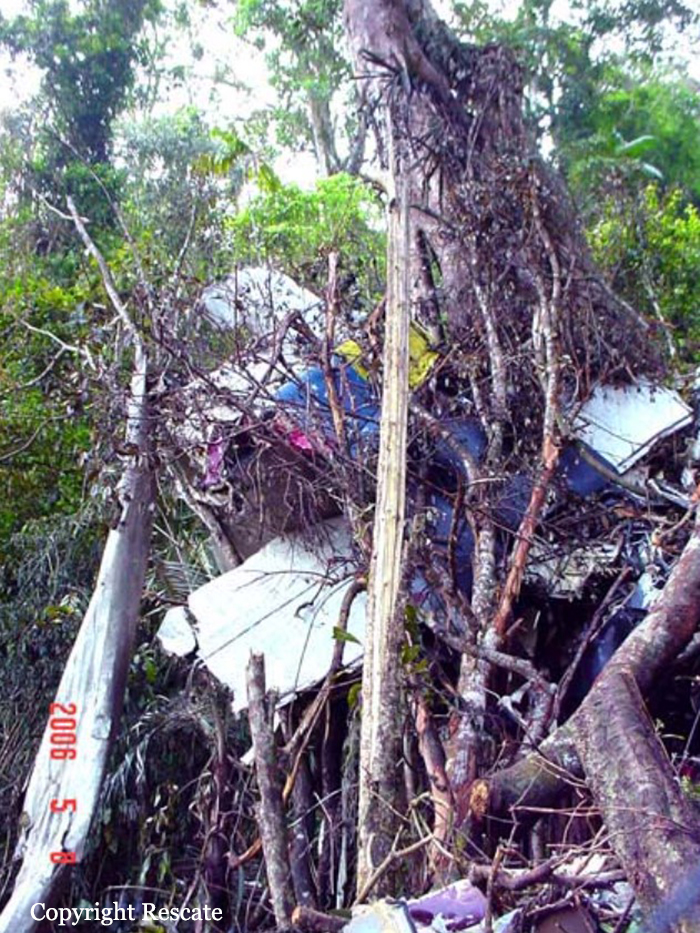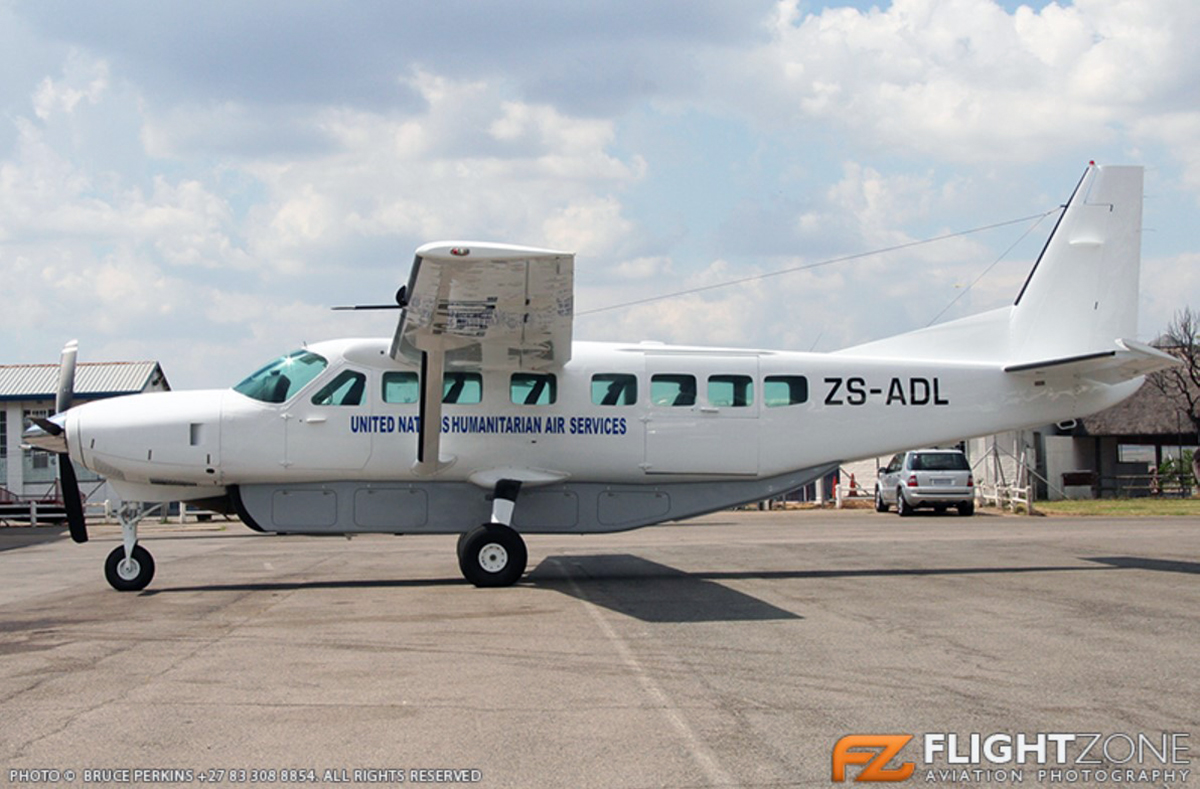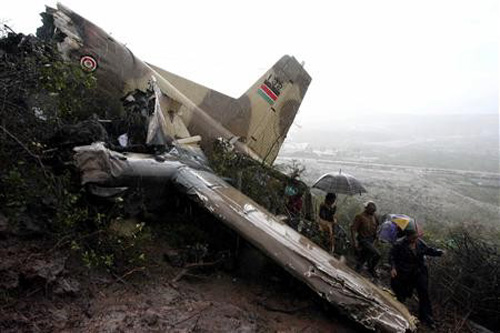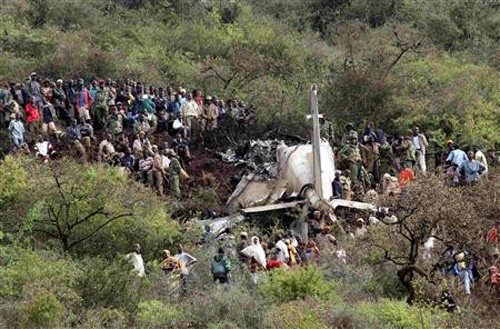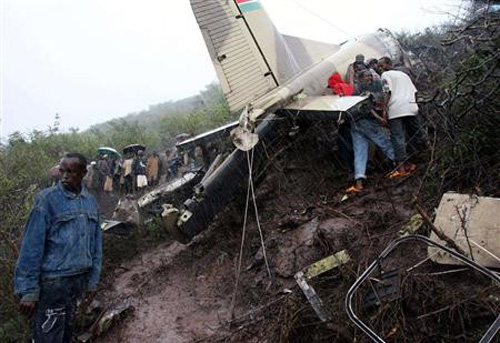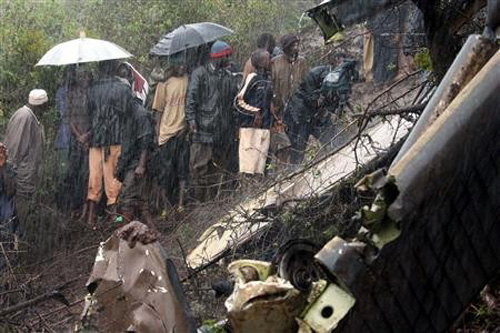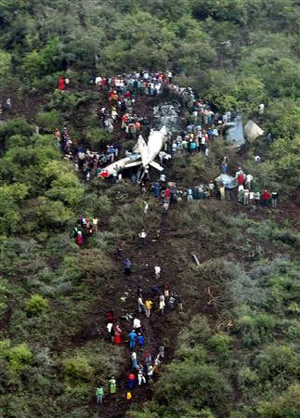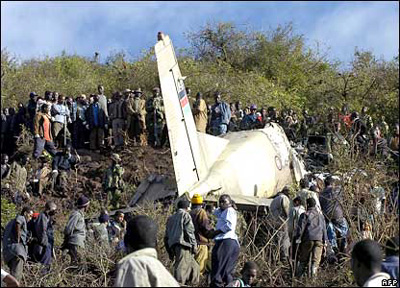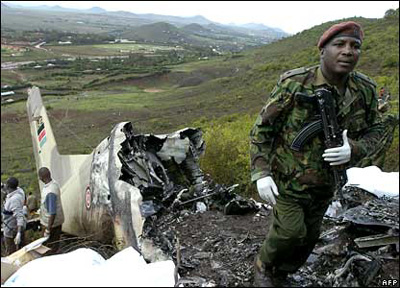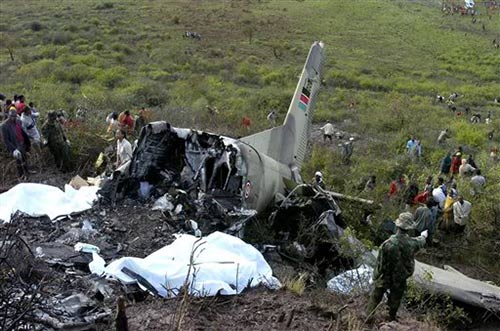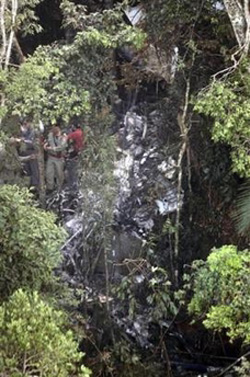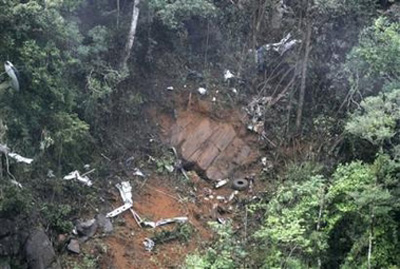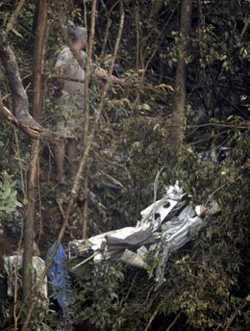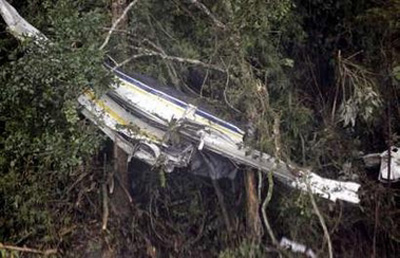Crash of a Piper PA-31-310 Navajo on Mt Yerbas Buenas: 2 killed
Date & Time:
Aug 11, 2006 at 1135 LT
Registration:
CC-CFK
Survivors:
No
Schedule:
La Serena - La Serena
MSN:
31-607
YOM:
1970
Crew on board:
1
Crew fatalities:
Pax on board:
1
Pax fatalities:
Other fatalities:
Total fatalities:
2
Circumstances:
The twin engine aircraft departed La Serena-La Florida Airport at 1053LT on a geophysical mission over Domeyko, carrying one passenger and one pilot who were involved in a magnetic prospection mission on behalf of a mining program. Seven minutes after takeoff, the pilot informed ATC about his altitude at 6,500 feet and that he would descend to 500 feet once over the Domeyko area. About half an hour later, the aircraft crashed on the slope of Mt Yerbas Buenas, about 84 km north of La Serena Airport, bursting into flames. The wreckage was found four hours later at an altitude of 1,579 metres. The aircraft was destroyed by a post crash fire and both occupants were killed.
Probable cause:
The accident occurred after the pilot suffered a loss of situational awareness while flying at low altitude, which did not allow him to avoid the collision with the mountain. Such operation conducted in a single pilot configuration was considered as a contributing factor as the workload was high.
Final Report:

